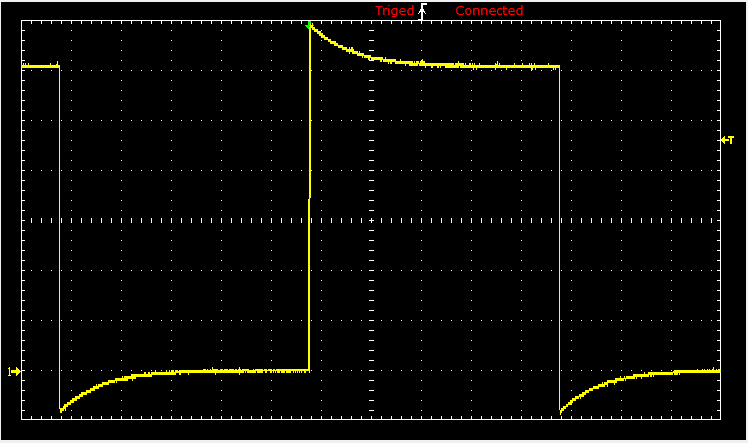Similar Matrices
The matrix of a linear operator T in a finite dimensional vector space V depends on a choice of basis of V. Two different bases of V may give different matrices of the corresponding matrix T. In this section we will learn how these matrices are related. This information will help us find formulas for the trace and determinant of matrix T.With respect to any basis of V, the identity operator I has a diagonal matrix
\[
{\bf I} = \begin{bmatrix} 1 & 0 & \cdots & 0 \\
0&1& \cdots & 0 \\ && \ddots &0 \\
0&0&0 & \cdots & 1 \end{bmatrix} .
\]
This matrix is called the identity matrix and is denoted I. Note that we use the
symbol I to denote the identity operator (on all vector spaces)
and the identity matrix (of all possible sizes). You should always be
able to tell from the context which particular meaning of the identity matrix
or operator is intended.
When discussing linear maps from one vector space to another, we defined the matrix of a linear map with respect to two bases---one basis for the first vector space and another basis for the second vector space. When we study operators, which are linear maps from a vector space to itself, we almost always use the same basis for both vector spaces. Therefore, we usually refer to the matrix of an operator with respect to a basis, meaning that we are using one basis in two capacities.
Theorem: If A and B are square matrices of the same size, then
\[
\mbox{trace}\left( {\bf A}\,{\bf B} \right) =
\mbox{trace}\left( {\bf B}\,{\bf A} \right) . \qquad \blacksquare
\]
Suppose \( {\bf A} = \left[ a_{i,j} \right] , \quad
{\bf B} = \left[ b_{i,j} \right] . \) The j-th term on the
diagonal of AB equals \( \sum_k a_{j,k} b_{k,j} . \) Then
\begin{align*}
\mbox{trace}\left( {\bf A}\,{\bf B} \right) &= \sum_j \sum_k a_{j,k} b_{k,j} \\
&= \sum_j \sum_k b_{k,j} a_{j,k} \\
&= \sum_k \,k-\mbox{th term on the diagonal of } {bf A}\,{\bf B}
\\
&= \mbox{trace}\left( {\bf B}\,{\bf A} \right) .
\end{align*}
